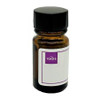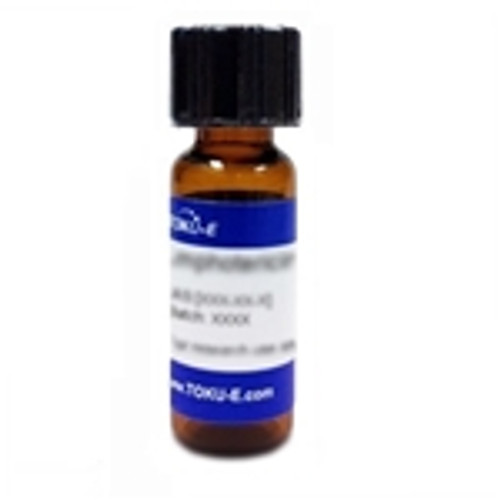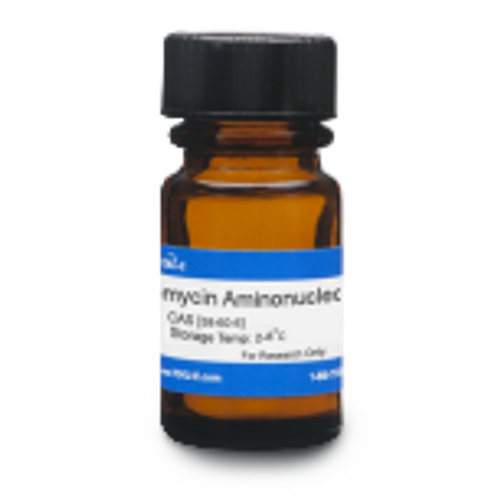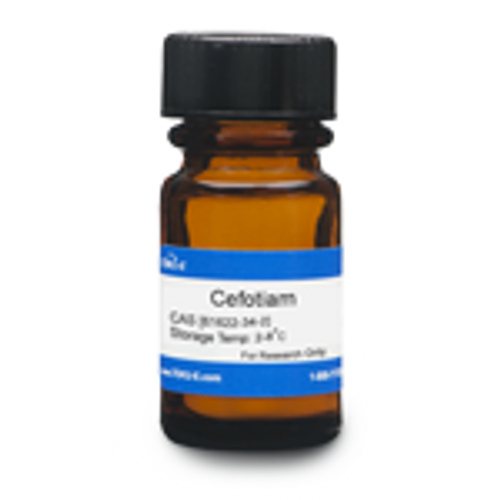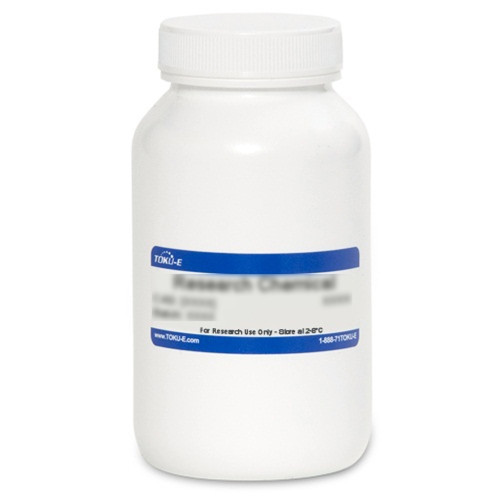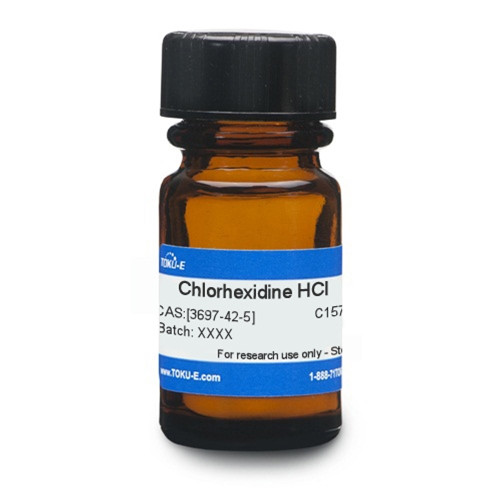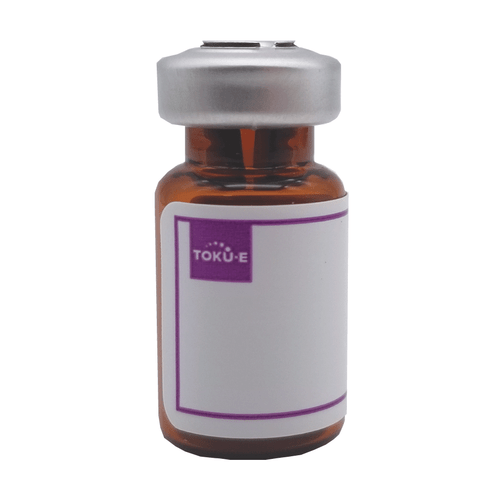Puromycin Dihydrochloride (syn: Puromycin DiHCl) is the hydrochloride salt of Puromycin, an aminonucleoside antibiotic with anti-trypanosomal and anti-neoplastic properties. Puromycin was isolated from Streptomyces alboniger in the 1950s. Puromycin DiHCl is routinely used in cell culture as a selective agent in transfection and transformation protocols to select for cells that have been transformed with the Puromycin resistance gene (pac) and express puromycin-N-acetyl-transferase.
We also offer:


